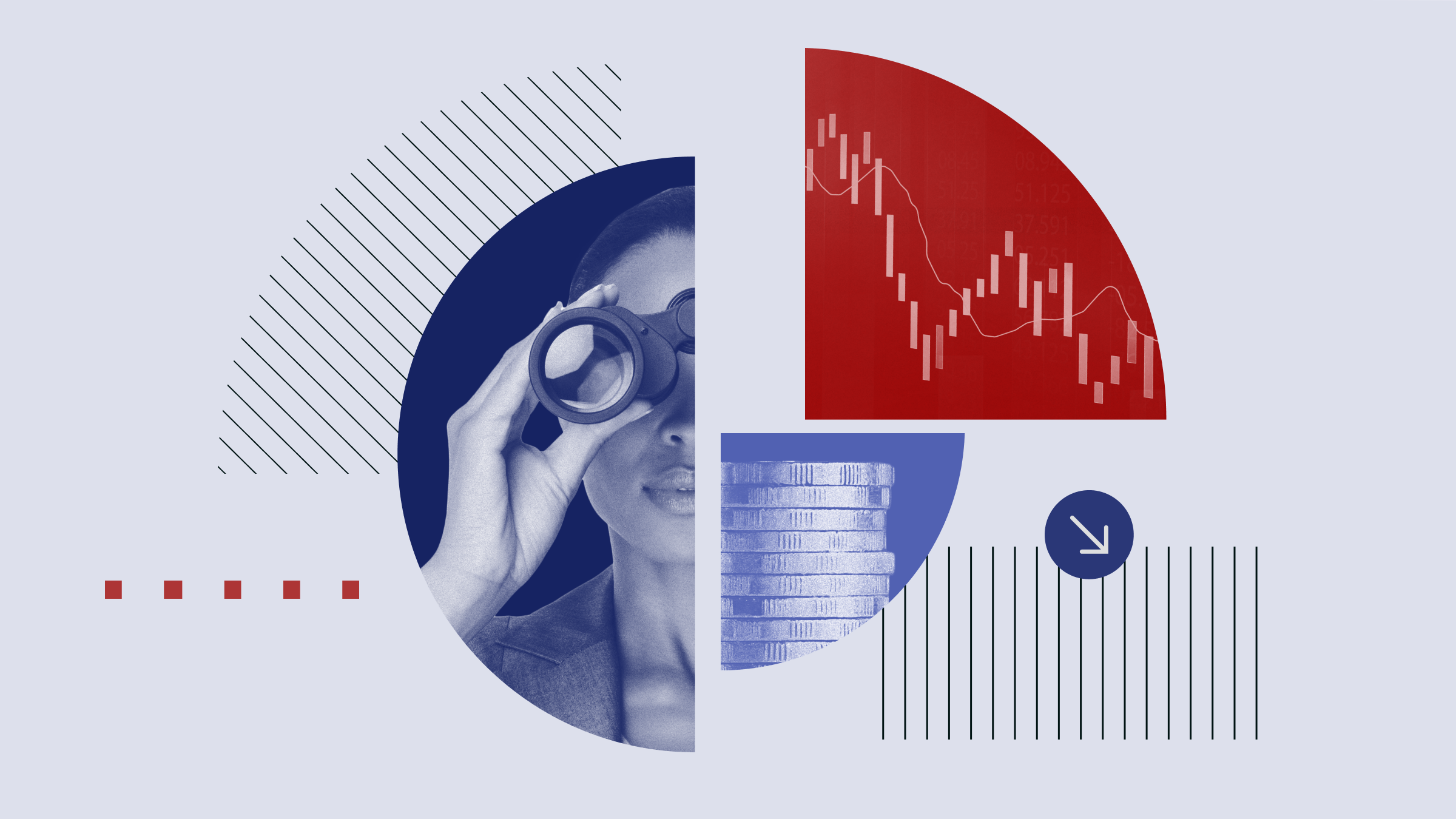2016 was one of the worst years for initial public offerings (IPOs) in Canada. Only clothing company Aritzia (ATZ) listed on the Toronto Stock Exchange, and it's down about 15% since it went public. 2017 promises to be somewhat more exciting, with popular salad bar chain Freshii (FRII) listing in February; winter coat maker Canada Goose (GOOS) going public last week; and other companies, such as Hootsuite, Vision Critical and D2L, expected to follow. In the United States, which also had a slow 2016, social media company ![]() Snap (SNAP) raised US$3.4 billion on March 2, becoming the largest American IPO since 2014.
Snap (SNAP) raised US$3.4 billion on March 2, becoming the largest American IPO since 2014.
This renewed activity has many investors chomping at the bit; newly listed companies mean new opportunities for stock pickers and fund managers. However, buying a fresh-to-market operation isn't the same as purchasing an already established business. It's risky, it's uncertain, and it's easy to get caught up in the IPO hype. Remember that ![]() Facebook (FB) went from US$38 to US$18 in four months following its May 2012 listing, and only returned to its IPO price 18 months later. While it's now trading at US$139, its social media counterpart
Facebook (FB) went from US$38 to US$18 in four months following its May 2012 listing, and only returned to its IPO price 18 months later. While it's now trading at US$139, its social media counterpart ![]() Twitter (TWTR) still hasn't recovered, having declined 63% since listing in November 2013.
Twitter (TWTR) still hasn't recovered, having declined 63% since listing in November 2013.
How should investors treat IPOs? With an open mind and an abundance of caution, says Jeff Mo, a portfolio manager with Mawer Investment Management and lead manager of Mawer New Canada. An IPO can be good and bad for investors, he says. "It introduces investors to a new company, but there's always an inherent level of risk you're assuming given the limited financial history disclosure you're getting."
In theory, investors should approach buying at IPO the same way they would approach any company: review financials, determine a valuation, assume future growth and then decide if the share price will indeed climb. In reality, assessing a not-yet-public operation can be tricky, says Mo. These businesses tend to share only a few years' worth of financial information, and some companies calculate data differently as a private company than a public one.
For instance, private companies usually want to minimize taxable income, while public companies want to maximize net earnings to show higher earnings per share (EPS). "Because of that, they'll often highlight metrics such as adjusted EBITDA [earnings before interest, taxes, depreciation and amortization] or adjusted EPS," says Mo. "Often, the gap between adjusted profitability and actual profitably is quite large, and investors don't know which number they should be going with."
Technology companies, in particular, can be difficult to assess. Their financial statements typically reveal massive losses and many don't have a clear path to growth. Snap's financial details, for instance, showed a US$514 million net loss in 2016, adding that there's a chance the company will never turn a profit. "These are businesses that aren't profitable and don't have a clear plan to get there," says Bob Sewell, CEO and president of Oakville's Bellwether Investment Management. "Then what are you buying? You have to believe there's something inherent in the business strategy that will allow them monetize."
IPOs are also not for queasy investors. They tend to get priced below market value to create demand and then get hyped up, resulting in a huge early rise. Especially hot stocks attract speculators looking to make money off those initial gains. Once they sell, the stock can plummet, says Sewell.
According to a study done by the University of Florida's Jay Ritter, between 1970 and 2010, IPOs underperformed similar stocks by 4.8% in year one, 8.1% in year two and 3.3% through the first five years. Over the long-term, though, they can do well. Wealthfront looked at 653 technology IPOs listed between 1998 and 2013 and found they returned 9.5% annualized over that time. However, they experienced far more ups and downs than the benchmark.
While buying an IPO may be a risky proposition, if someone can brave the ups and downs, and if they believe in the company, then the IPO price can offer a cheap entry point. Facebook's share price is up 264% since listing, making its US$38 IPO price look pretty attractive today. Patience is important: Stocks tend to stabilize when the company can prove that it's able to execute on its business plan, but that could take some time, says Sewell.
However, investors do need to assess whether a company will do what it says. Mo wants to invest in companies that create wealth, which Mawer defines as earning a return on investment capital greater than the cost of capital. Mo specifically looks for companies that can generate wealth over a 15-year period. To make that determination, he looks at whether it can remain competitive for over a decade and if future growth plans are realistic, among other things.
In the case of Freshii, up 14% since listing in January 2017, Mo decided to pass because it couldn't meet his criteria for wealth creation. While its established Chicago and Toronto stores have done well, he wasn't able to determine whether future locations in places like the Southern U.S. will have the same appeal. "I don't have a good idea and I don't know if anyone has a good idea," he says. "And you're paying more for store growth in all these new markets."
It can make sense to wait until a business has a longer track record as a public company, says Bob Stammers, the CFA Institute's director of education. Some people wait three to five years, which is typically how long it takes to see if a company can make it or not. Stammers suggests waiting at least a year, after the lockout period, when insiders can sell more stock. When that period ends, he advises paying attention to whether management is selling. If they are, be careful. "What insiders do is a good indication on how people feel about the future of the company," he says.
Ultimately, buying an IPO comes down to whether you think the company can execute on its plans and deliver value to its shareholders. Whether you buy now, purchase later or avoid a company forever, have no regrets. "We might look at Freshii three years out and say that was a very good investment and that management did exact as it said it would," says Mo. "But we felt the IPO was already pricing that in. It's still on our watch list. We can wait."
















